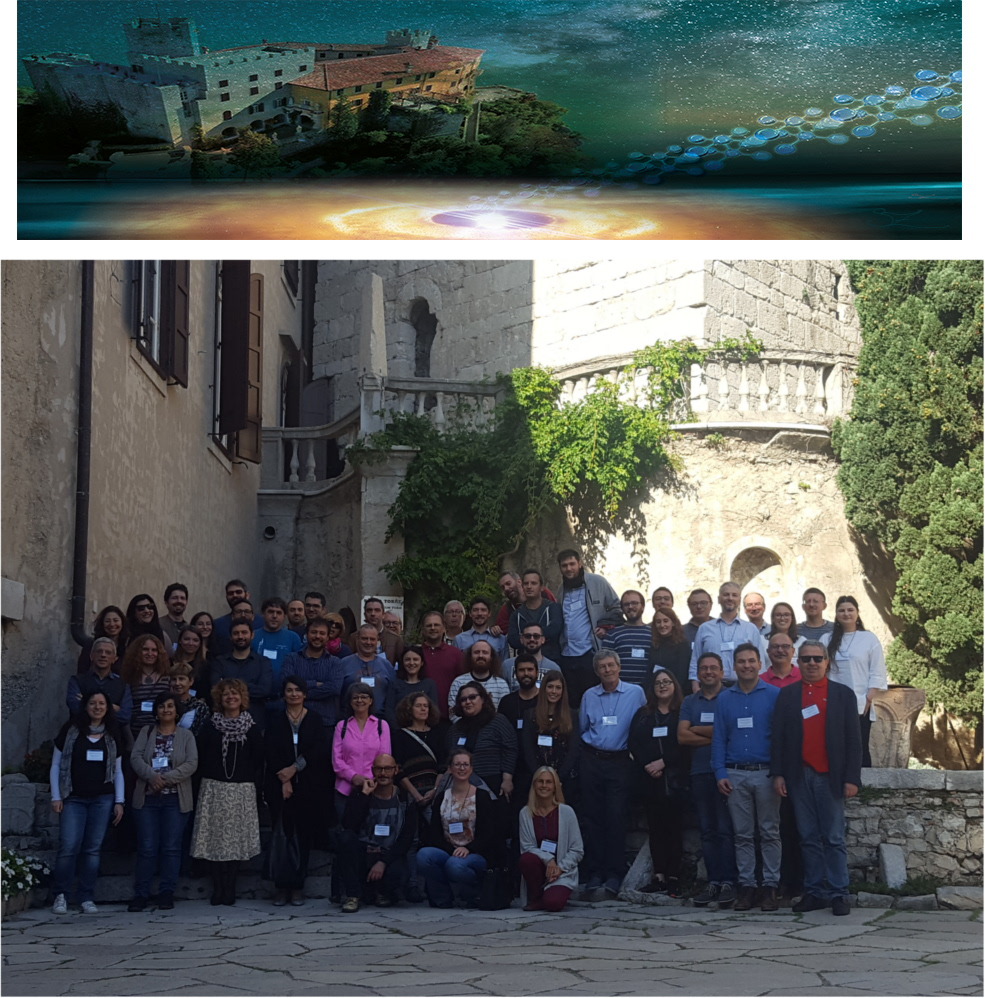Speaker
Description
In recent years a large number of studies have been devoted to chemically characterise open clusters, and stellar populations in general, in our Galaxy
and beyond (see e.g., the large spectroscopic surveys Gaia-ESO, GALAH, APOGEE, to name a fews). However, all these investigations focus on intermediate-age or old cluster (at least 600 Myr) and the chemical content of the very young population is mostly overlooked. There is debate in the literature as to whether star forming regions and young open clusters are more metal-poor than the Sun, which need to call for a peculiar Galactic chemical evolution. Crucially, this indication might suggest that these young environments are less favourable to form giant planets. We present in this contribution our very recent work that shows that analysis artefacts plague the previous conclusions, suggesting that young clusters and associations exhibit instead solar or super-solar chemical composition.

